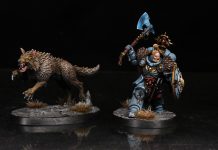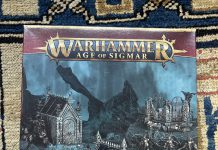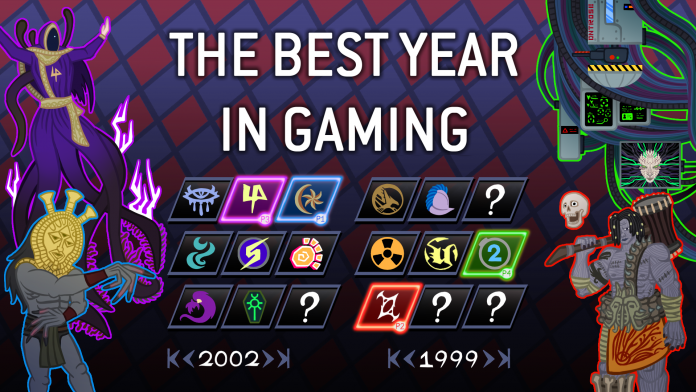Last year’s stacked lineup of games for the Game Awards had us thinking: What was the best year in gaming? As part of our series on determining gaming’s best year, we’re putting together an article on each year, charting the major releases and developments of the year, and talking about both their impact and what made them great.

The Year: 2003
By 2003 we were well in the thick of the sixth console generation, and still two years away from the start of the seventh. 2003 wasn’t bad for video games by any means – there were a lot of pretty good to very good releases – but was a big deal for tabletop games, with lots of movement and exciting developments for wargames, a new edition of Dungeons & Dragons, one of Magic’s most popular sets, and the introduction of some innovative new tabletop RPGs.

Privateer Press launches Warmachine
Privateer Press would launch their own tabletop wargame in 2003 with Warmachine. The game had a bit of a steampunk aesthetic with big, chunky miniatures and focused on teams made of a warcaster and a series of warjacks, automata powered by the warjacks’ magic. The game was highly tactical, rewarding aggression and clever use of combos and emphasizing competitive play. Warmachine would go on to be the closest thing Warhammer 40,000 had to a real competitor.

Squaresoft and Enix Merge
Squaresoft and Enix had long fought over JRPG supremacy, particularly in Japan, where Enix’s Dragon Quest series was just as popular as Square’s Final Fantasy games. But in 2002 there were some cracks at both companies. Squaresoft had just lost a ton of money on its awful 2001 film, Final Fantasy: The Spirits Within, which was so bad it actually delayed the merger, though ultimately Sony helped alleviate those losses by buying a ton of stock in Square. On the other side, Enix had traditionally been involved in more than games, publishing other media, but in 2002 found themselves bleeding a large amount of talent on the publishing side. In April 2003 the companies merged, forming Square Enix.
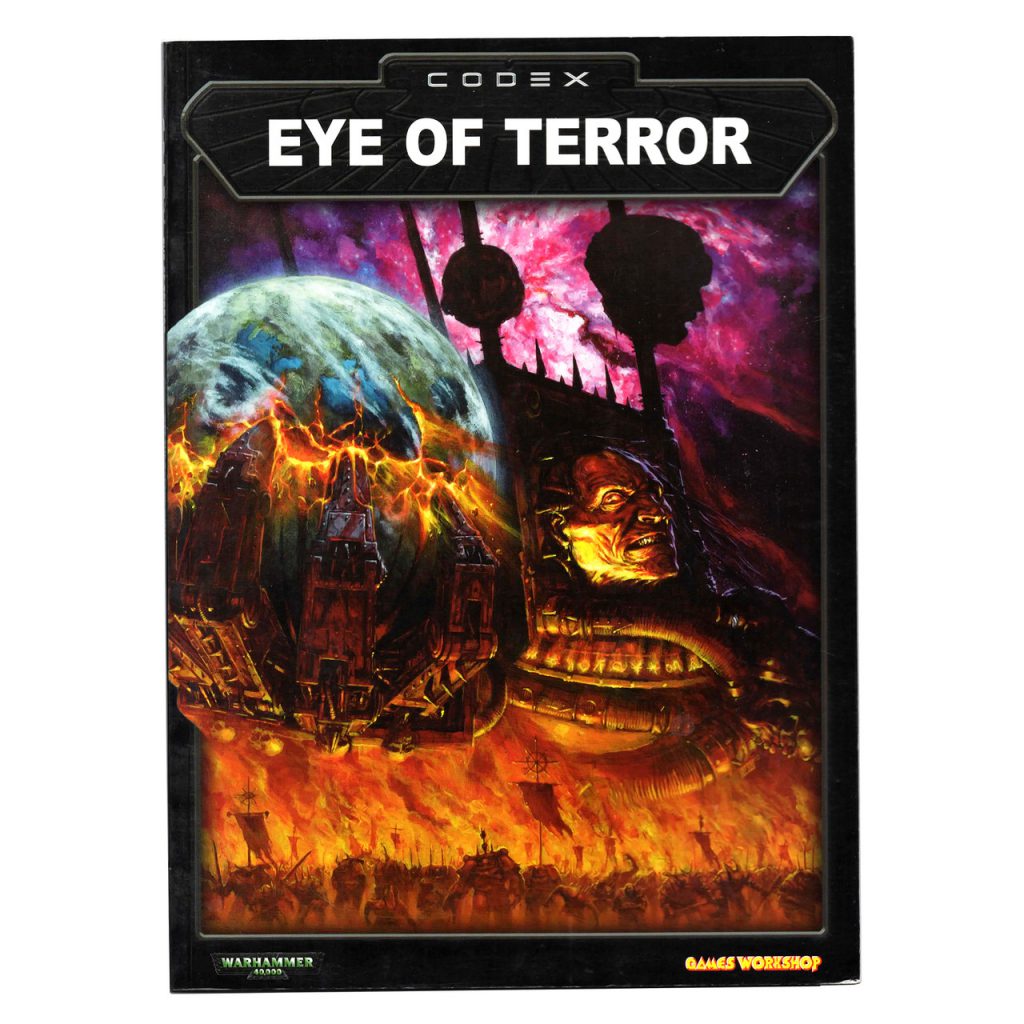
Games Workshop’s Eye of Terror Campaign
Games Workshop had already done a number of smaller scale global campaigns by 2003 for both Warhammer 40,000 with the Third War for Armageddon and Warhammer Fantasy with the Albion Campaign, but in 2003 they went bigger than ever before with the Eye of Terror campaign. Released along with a Codex supplement of the same name, the Eye of Terror campaign allowed players to allocate victories from their games to planets around the Cadian gate, attempting to fend off Abaddon’s 13th Black Crusade. Players got a chance to really influence the Warhammer 40k story for the first time, and it would have a number of repercussions, with Cadia narrowly hanging on and Eldrad Ulthuan being killed in a Blackstone Fortress (this would later be changed via retcon). The campaign remains GW’s most technically advanced attempt at a global campaign, with an entire site dedicated to tracking results.

A WarCraft III Map Kickstarts an Entire Genre
The 2002 StarCraft Map Aeon of Strife introduced the concept of the Multiplayer Online Battle Arena, a multiplayer game mode in which players compete with hero units on a map with multiple lanes for fighting. In 2003 the mode would make the jump to WarCraft III with the Defense of the Ancients fan-made map and explode as a result. DotA updated the gameplay, moving from having players vs. the computer to a player-vs.-player setup across that proved wildly popular. DotA became a fixture at esports events and would lead to the development of a standalone sequel, Dota 2 and a number of competitors, with an entire genre which included League of Legends and Heroes of the Storm.
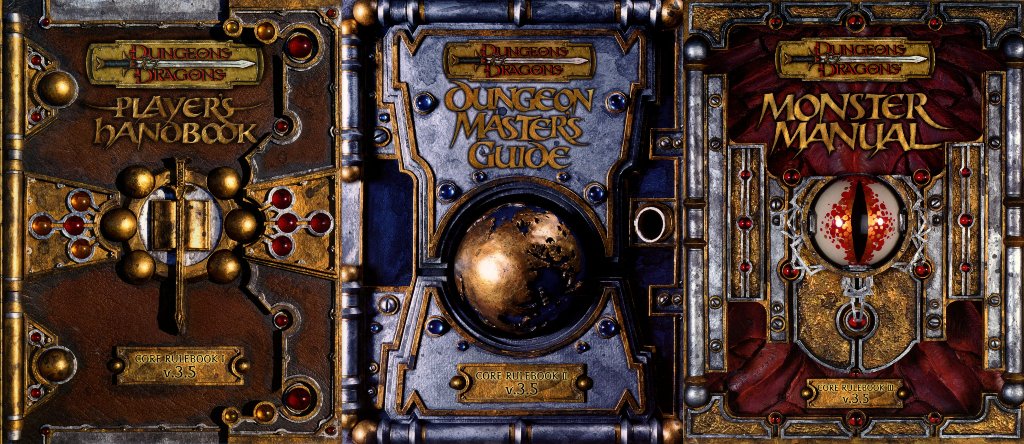
Dungeons & Dragons Updates to 3.5 Edition
In 2003 Wizards of the Coast released an update to their third edition ruleset, fixing a number of balance issues and long-standing player complaints while consolidating and changing a number of skills. For the most part, characters and modules from third edition were compatible with 3.5. This updated version of the game would ultimately be one that a number of players clung to following the release of fourth edition.
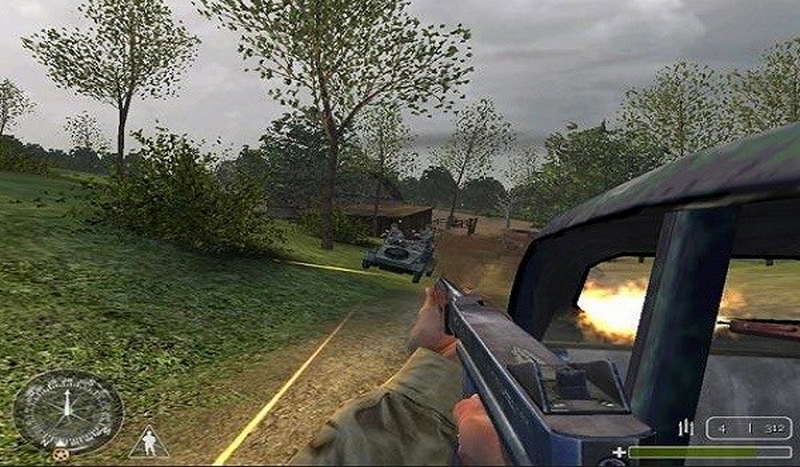
Call of Duty
Infinity Ward launched the first Call of Duty for Windows PCs in 2003, kicking off one of gaming’s biggest franchises. The original game was set in World War II and focused on squad-based play. The game favored realism and attempting to simulate an actual battlefield, with effects like simulated tinnitus if a grenade went off near you and iron sights on your gun when aiming. The game was a hit and would kick off one of gaming’s most important franchises, particularly after shifting to a modern day setting in 2007.
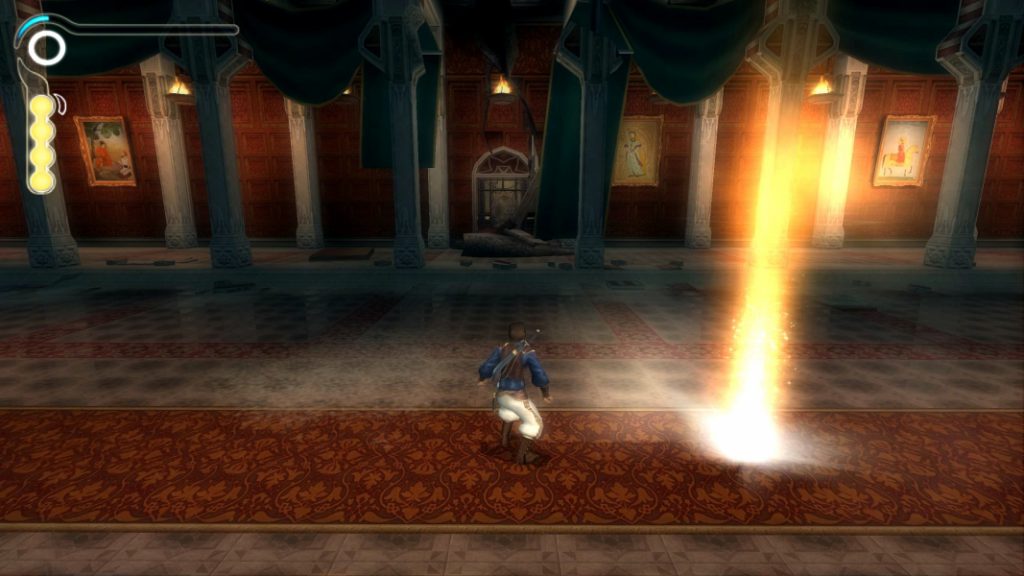
Prince of Persia: The Sands of Time
Ubisoft Montreal released this 3D platformer/action adventure game in November 2003 across all three consoles, bringing the prince into the modern era. The game combines tight platforming with an innovative time rewinding mechanic and some clever writing and character work to create one of the decade’s best games. It’d revive the franchise as a major player in the industry again and a lot of work done on its sequel would end up being used to make the Assassin’s Creed series.
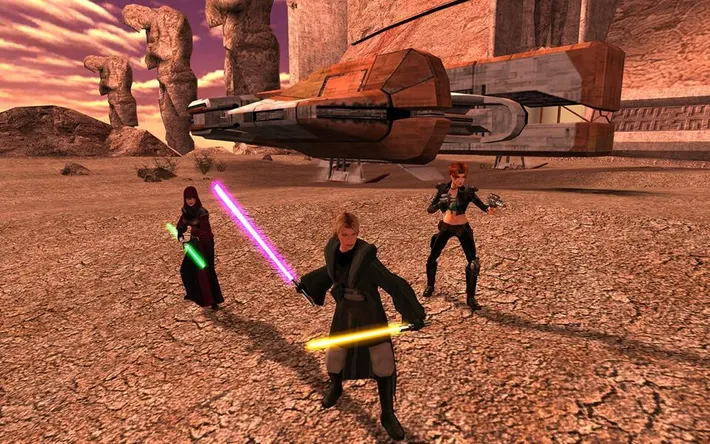
Star Wars: Knights of the Old Republic
Released in July 2003 for the Xbox and later on Windows, BioWare’s Star Wars: Knights of the Old Republic was a Star Wars RP built on the d20 system. The game lets players embark on a galaxy-spanning quest to defeat Darth Malak, recruiting party members and deciding whether to fight for the light side or dark side of the force. It was one of the best games of its generation and one of the best RPGs ever made.
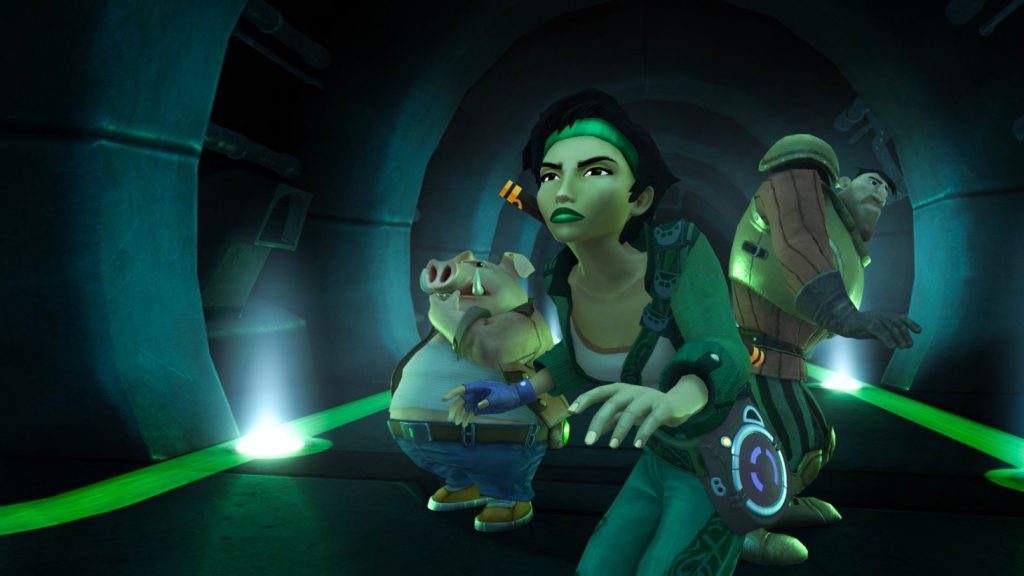
Beyond Good & Evil
One of the biggest cult classics ever made, Ubisoft’s Beyond Good & Evil is an action adventure game released across every platform in late 2003. Players control photojournalist protagonist Jade as she travels the world and attempts to overthrow the oppressive government running the planet. It’s a really solid game with some amazing worldbuilding and good humor and it’s a shame the game never saw a sequel.
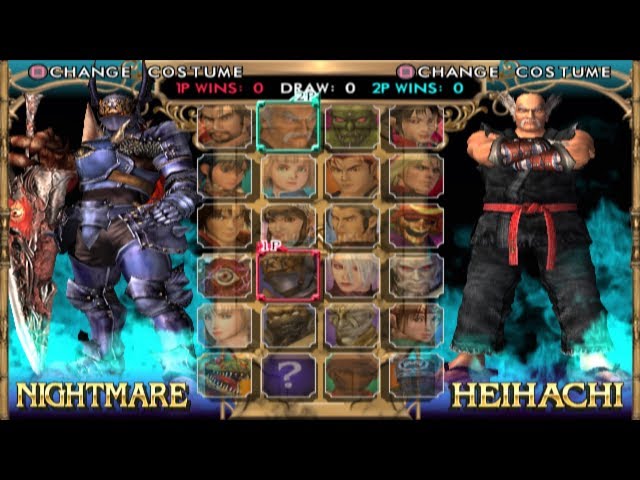
Soul Calibur 2
As good as the original was, Soul Calibur 2 is probably the best game in the franchise, with great new characters, better graphics, and more modes. SC2 also introduced us to the console-exclusive character concept – the PS2 version of the game included Tekken’s Heihachi, the Gamecube version included Link, and the Xbox version included Spawn.
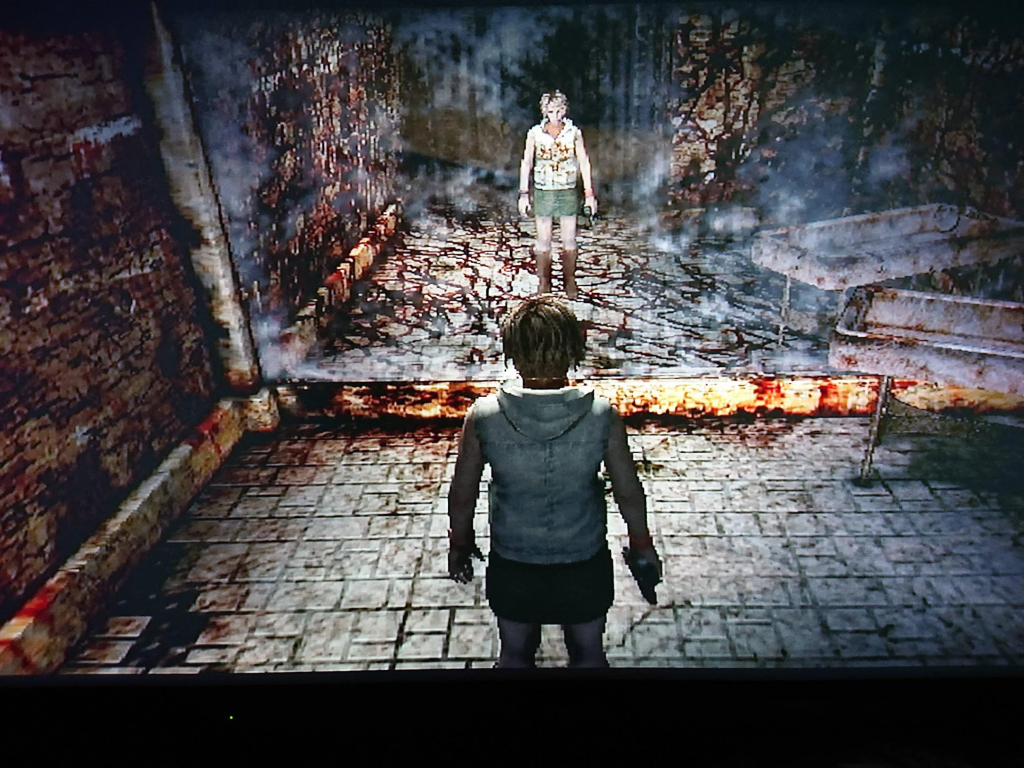
Silent Hill 3
The third game in Konami’s Silent Hill series followed Heather, the girl birthed at the end of the first game, as the monsters of Silent Hill catch up with her 18 years later. It’s a game just as terrifying as its predecessors and puts a solid cap on the story started in the original.
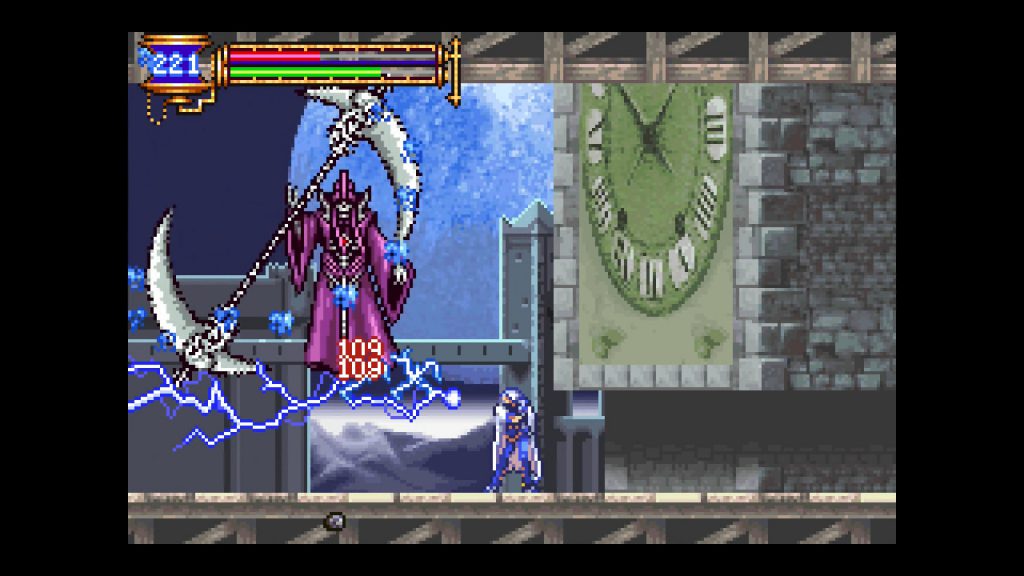
Castlevania: Aria of Sorrow
The third new Castlevania on the Gameboy Advance, Aria of Sorrow was the best by far, giving players a large castle to explore, great graphics, and a fun customization mechanics in the form of its souls system. It’s one of the best games on the GBA and one of the best Castlevania games ever released.
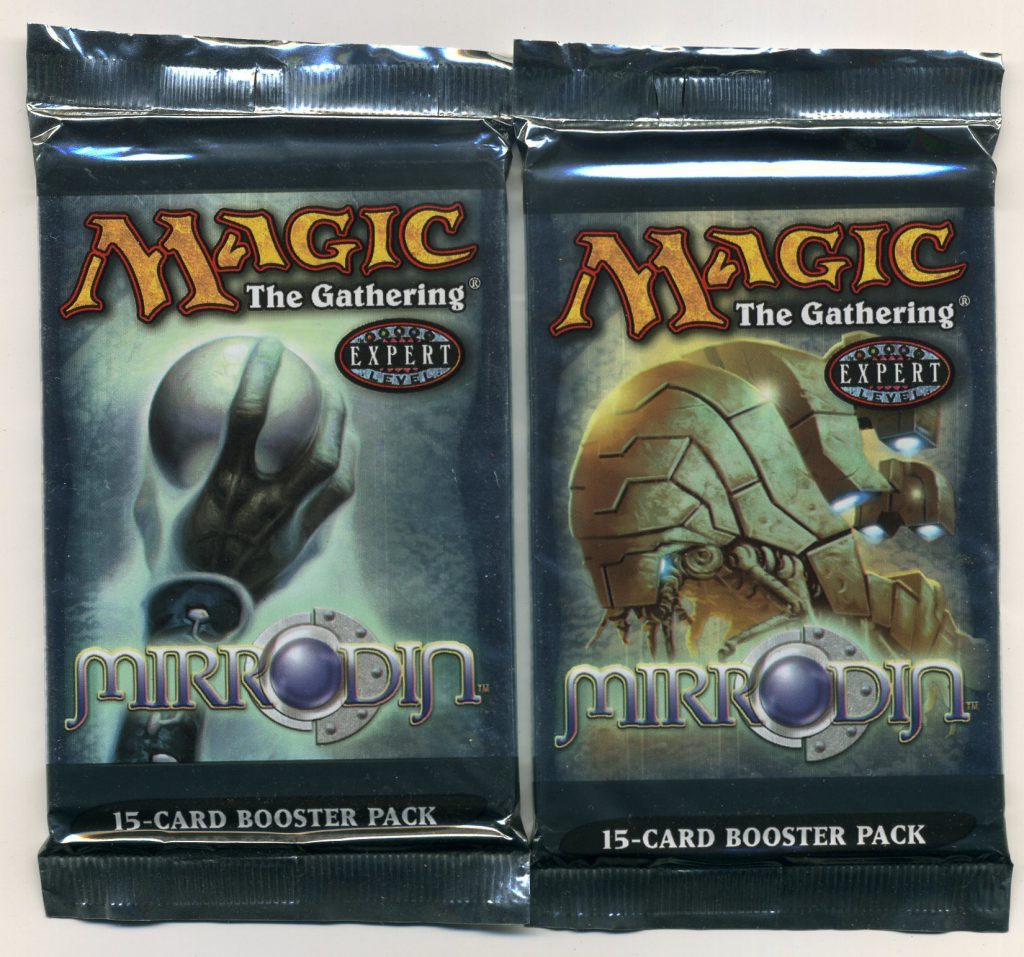
Mirrodin Introduces us to Modern Magic
In 2003 Wizards of the Coast released the Mirrodin set, introducing us to both the artifact world of Mirrodin and the game’s new frame treatment. This new treatment would define Magic’s “modern” era, with cleaner, easier-to-read cards featuring more pronounced text boxes. Mirrodin introduced Equipment to the game, as well as the broken Affinity mechanic, and its follow-up sets would add Indestructible and Scry.
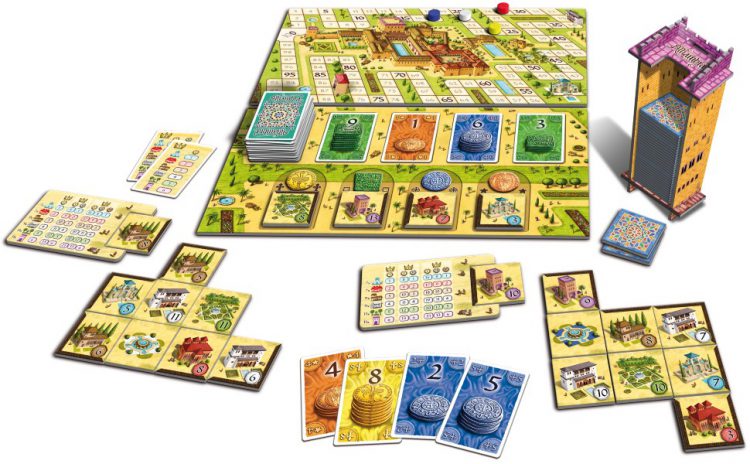
Alhambra
Winner of the Spiel des Jahres in 2003, Alhambra is one of those games that seems very straightforward at first, but for which the complexity really starts to dawn on you as the game progresses. Gameplay in Alhambra is ridiculously and deceptively simple; you’re either taking money or buying buildings for your palace. But do you have the right color of money for the tile you desperately want? Do you make a sub-optimal purchase but do it with exact change to get another action? Do you purchase that last seraglio even knowing you can’t place it because it will force a tie between two other players in the final scoring? Do you spend a turn rearranging two of your tiles – neither taking money nor buying new buildings – in order to set yourself up for future expansion or a longer wall? The decisions you make as a player feel interesting and impactful, making it a great game.
Why It Was the Best Year in Gaming
2003 was a solid year for video games but an outstanding year for tabletop games, and a number of things set in motion this year would go on to bigger developments later. Warmachine would expand considerable over the next few years, while D&D’s third edition would become the basis for Pathfinder. And Games Workshop’s Eye of Terror campaign would set the high water mark for how global campaigns could involve players and create lasting story impacts.
On the video game side of things it’s difficult to overstate how important Defense of the Ancients was in terms of its impact. A fan-made mod for WarCraft III ended up leading to some of the most popular games in the world, with games like League of Legends and valorant growing out of what DotA started and games like Overwatch and Fortnite owing something to them as well. On the video game side, it’s also worth mentioning EA’s The Return of the King, which really set a high bar for game adaptations of movies and would set the stage for games like Shadows of Mordor down the road.
On the other hand, 2003 gave us Deus Ex: Invisible War, so it has a lot to answer for.
This article is part of a larger series on the best year in gaming. For more years, click this link. Have any questions or feedback? Drop us a note in the comments below or email us at contact@goonhammer.com.

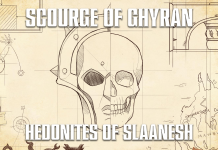
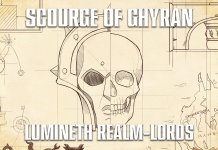
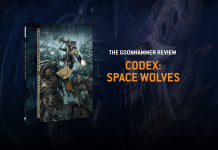
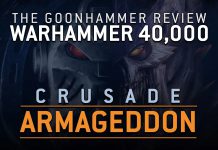
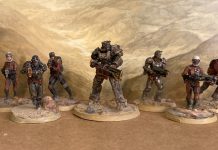



![[40k] Competitive Innovations in 10th: An Ominous Stench pt.3](https://d1w82usnq70pt2.cloudfront.net/wp-content/uploads/2020/01/Analysis_Banner.png)

